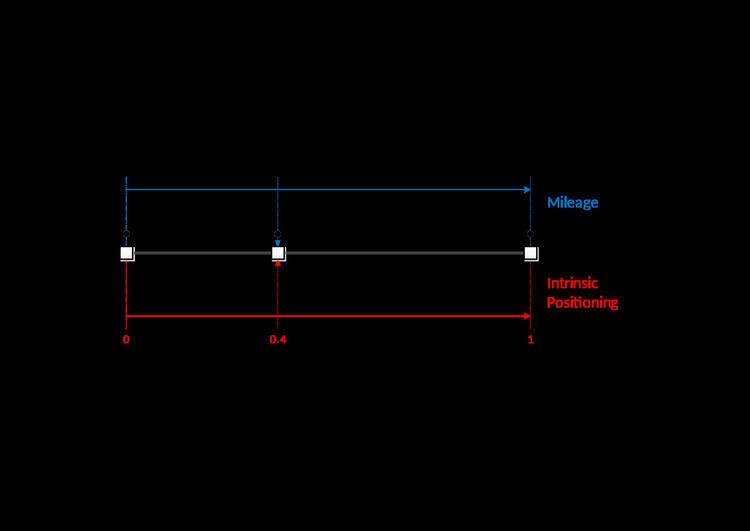 | ||
RailTopoModel is a systemic model for describing the topology-based railway infrastructure as needed by various applications. The RailTopoModel has been developed under patronage of the International Union of Railways (UIC) and will be released as International Railway Standard (IRS) 30100.
Contents
Motivation
In the field of railway networks, many non-standard descriptions are needed for addressing specific needs: RINF to describe infrastructure; ETCS for train control and protection; INSPIRE for spatial information. Network operators or suppliers took particular initiatives to harmonize their network representations for gathering, providing, or using network-related data. The purpose of RailTopoModel is to define a general, standard model.
History
The development of the RailTopoModel is a result of the ERIM project (abbreviation for European Rail Infrastructure Modelling) within UIC that aims at standardized data representation and exchange concerning railway networks.
In 2013, starting from the assessment of a small group of IMs about limitation of current exchange formats for ETCS, RINF, Inspire, and European projects based on network topology, the UIC ERIM feasibility study was launched. The objective of this working group was to qualify the business needs, analyze the existing solutions and experiences, and propose a project plan to build a universal “language” to improve the railway data exchange, and support the design of an infrastructure data exchange format based on topology. Based on this study a topology model, the ‘UIC RailTopoModel’, was developed. In April 2015 RTM V1.0 was released. ‘UIC RailTopoModel’ shall become a UIC recommendation called International Railway Standard (IRS 30100) in spring 2016.
railML.org, a European open source initiaitve providing a standard for data exchange in railway networks since 2001, will offer the first use case for RailTopoModel through a new version of its infrastructure schema, railML3.
Structure
RailTopoModel is based on connexity graph theory and it is defined in terms of UML.
Its emphasis lies on:
Ideally, standardisation should grant for references and switches between aggregation levels being bijective and different applications being able to exchange data.
Applications
Current applications are:
